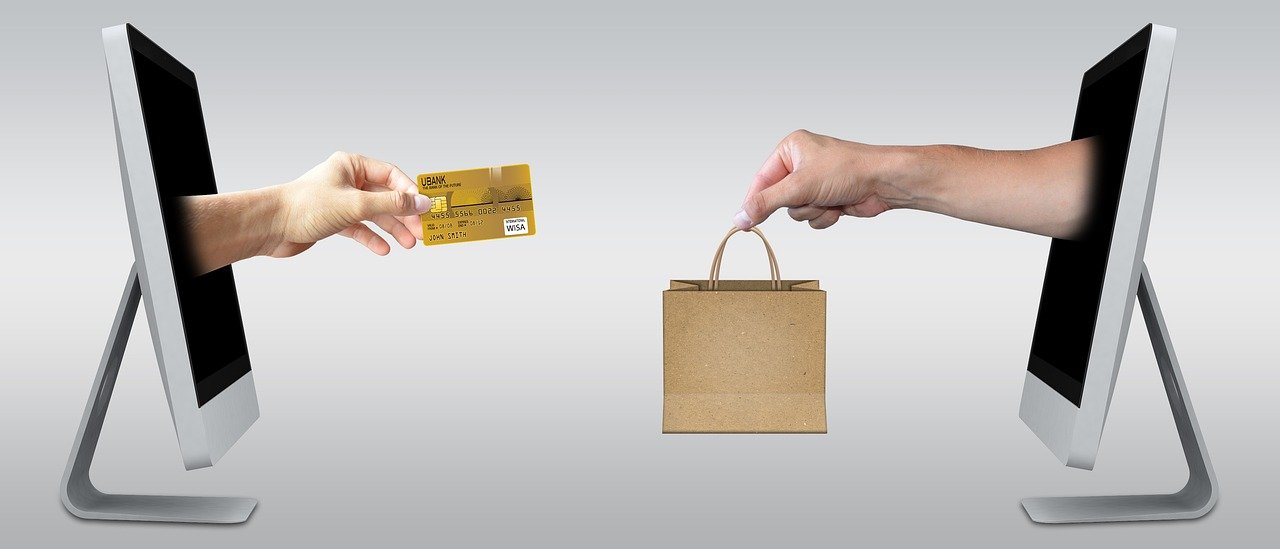A smooth, efficient checkout process is the unsung hero of any successful e-commerce business. It’s the final hurdle between a potential customer and a completed sale, and a poorly designed checkout can lead to abandoned carts and lost revenue. Optimizing your checkout process is crucial for improving conversion rates, customer satisfaction, and ultimately, your bottom line. This blog post will guide you through the essential elements of a winning checkout experience, providing practical tips and examples to help you create a seamless journey for your customers.
Streamlining Your Checkout Process
The core objective of a well-designed checkout process is to make it as quick and easy as possible for customers to complete their purchase. Remove unnecessary steps, offer clear instructions, and build trust to encourage conversions.
Reducing Checkout Steps
- Minimize the number of pages: The fewer clicks it takes to complete the purchase, the better. Aim for a single-page checkout if possible. If not, group related information together logically across a limited number of steps.
- Offer guest checkout: Forcing users to create an account before purchasing is a major deterrent. Guest checkout allows customers to buy without registering, reducing friction. Give them the option to create an account after the purchase is complete, emphasizing the benefits like order tracking and faster checkout in the future.
- Progress indicators: A progress bar clearly shows customers where they are in the checkout process and how many steps remain. This reduces anxiety and keeps them engaged.
- Example: Instead of separate pages for shipping address, billing address, shipping options, and payment information, consolidate shipping and billing addresses onto a single page (allowing users to copy the shipping address to the billing address with a single click). Present shipping options directly after address entry, and then move to payment.
Optimizing Form Fields
- Only ask for essential information: Every field you add increases the likelihood of abandonment. Remove any non-essential fields.
- Use clear and concise labels: Make sure your form fields are clearly labeled and easy to understand. Avoid jargon or technical terms.
- Provide helpful hints: Use placeholder text or tooltips to provide guidance on how to fill out each field correctly. For example, specify the required format for phone numbers or credit card numbers.
- Implement inline validation: Validate fields in real-time as the customer types, providing immediate feedback on errors. This prevents frustration and saves time.
- Use appropriate input types: Utilize HTML5 input types (e.g., `email`, `tel`, `number`) to trigger the correct keyboard on mobile devices and enable browser-based validation.
- Example: Instead of requiring a separate “Title” field (Mr., Ms., Dr.), consider making it optional. For address fields, use address auto-complete features powered by services like Google Places API to drastically reduce typing.
Building Trust and Security
- Display security badges and SSL certificates: Prominently display security badges and SSL certificates to reassure customers that their information is protected.
- Clearly state your privacy policy: Link to your privacy policy to demonstrate transparency about how you handle customer data.
- Offer secure payment options: Provide a variety of secure payment options, including credit cards, debit cards, PayPal, Apple Pay, Google Pay, and other popular payment gateways.
- Use strong encryption: Ensure that all data transmitted during the checkout process is encrypted using SSL/TLS.
- Show positive reviews and testimonials: Display positive reviews and testimonials to build trust and credibility.
- Example: Include a padlock icon in the browser address bar, display security badges from trusted providers like Norton or McAfee, and offer secure payment options like PayPal, which offers buyer protection.
Mobile-First Checkout Design
With the increasing prevalence of mobile shopping, optimizing your checkout process for mobile devices is paramount. A clunky mobile checkout experience is a surefire way to lose customers.
Responsive Design
- Ensure your checkout process is fully responsive: The layout should adapt seamlessly to different screen sizes and resolutions.
- Use a mobile-friendly layout: Optimize the layout for touchscreens, with large, easily tappable buttons and form fields.
- Prioritize vertical scrolling: Vertical scrolling is more natural on mobile devices than horizontal scrolling.
- Test on multiple devices: Thoroughly test your checkout process on a variety of mobile devices and browsers to ensure a consistent and optimal experience.
Simplified Navigation
- Use a clear and concise navigation menu: Make it easy for customers to navigate back to previous steps or access help.
- Avoid clutter: Remove unnecessary elements that can distract customers on smaller screens.
- Optimize images and videos: Compress images and videos to reduce page load times on mobile devices.
Mobile Payment Options
- Offer mobile payment options: Integrate with mobile payment platforms like Apple Pay, Google Pay, and Samsung Pay for a faster and more convenient checkout experience.
- Use autofill features: Leverage browser autofill features to pre-populate form fields with saved information.
- Example: Use large, easily tappable buttons for “Continue” and “Place Order”. Integrate with Apple Pay or Google Pay to allow customers to pay with a single tap.
Payment Options and Shipping
Offering a variety of payment and shipping options caters to a wider range of customer preferences and can significantly impact conversion rates.
Diverse Payment Gateways
- Offer multiple payment gateways: Don’t limit yourself to just one payment gateway. Offer a variety of options, including credit cards, debit cards, PayPal, Apple Pay, Google Pay, and other popular payment methods in your target market.
- Display payment options clearly: Show all available payment options upfront, so customers know what’s available.
- Consider Buy Now, Pay Later (BNPL) options: Offering BNPL services like Klarna or Afterpay can attract customers who might not be able to afford the full purchase price upfront.
Flexible Shipping Options
- Offer a range of shipping options: Provide a variety of shipping options to cater to different budgets and delivery timeframes, including standard shipping, expedited shipping, and free shipping.
- Display shipping costs clearly: Be transparent about shipping costs upfront. Unexpected shipping fees are a major cause of cart abandonment.
- Offer free shipping: Consider offering free shipping for orders above a certain amount. This can be a powerful incentive to encourage customers to add more items to their cart.
- Provide accurate delivery estimates: Give customers accurate estimates of when their order will arrive.
- Offer in-store pickup: If you have a physical store, offer in-store pickup as a convenient and cost-effective shipping option.
- Example: Offer free shipping on orders over $50. Display estimated delivery dates based on the selected shipping method.
Recovering Abandoned Carts
Even with the best checkout process, some customers will still abandon their carts. Implementing a strategy to recover these abandoned carts can help you recapture lost sales.
Email Reminders
- Send automated email reminders: Send automated email reminders to customers who have abandoned their carts.
- Personalize the emails: Personalize the emails with the customer’s name and the items they left in their cart.
- Offer incentives: Consider offering a discount or free shipping to entice customers to complete their purchase.
- Include a clear call to action: Make it easy for customers to return to their cart and complete their purchase.
- Example: Send an email one hour after abandonment reminding the customer about their cart. Include images of the abandoned items and a prominent “Return to Cart” button. Offer a 10% discount if they complete the purchase within 24 hours.
Exit-Intent Popups
- Use exit-intent popups: Display an exit-intent popup when a customer is about to leave the checkout page.
- Offer a last-minute incentive: Offer a last-minute incentive, such as a discount or free shipping, to encourage them to stay and complete their purchase.
- Collect email addresses: Use the popup to collect email addresses for future marketing efforts.
- Example: When a customer’s mouse cursor moves towards the browser’s close button during checkout, display a popup offering free shipping if they complete the purchase immediately.
Conclusion
A well-optimized checkout process is essential for maximizing conversions and driving revenue for any e-commerce business. By streamlining the process, optimizing form fields, building trust, catering to mobile users, offering diverse payment and shipping options, and implementing abandoned cart recovery strategies, you can create a seamless and enjoyable shopping experience for your customers. Regularly analyze your checkout data, gather customer feedback, and make continuous improvements to stay ahead of the curve and ensure that your checkout process is always performing at its best.



